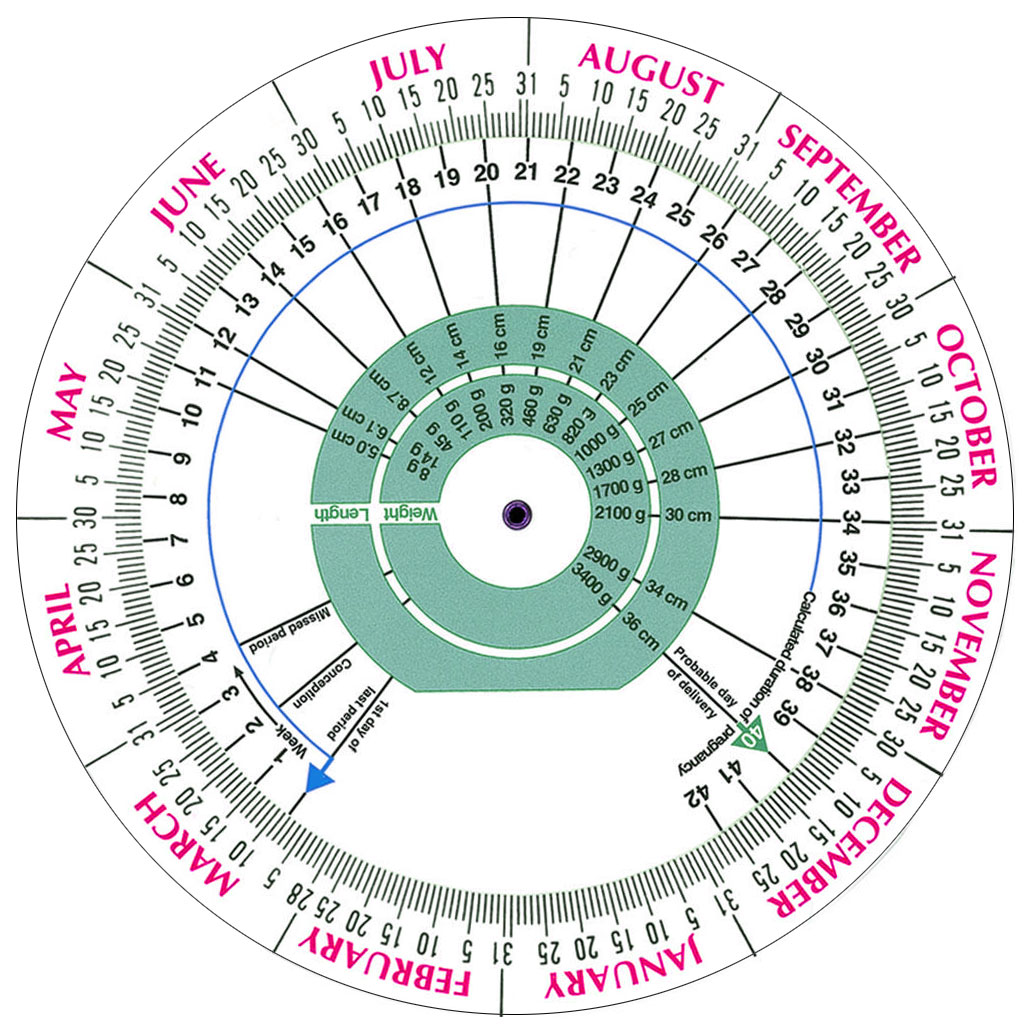
There are myriad reasons to want to pick your own due date. But the development of pregnancy is counted from the first day of the last menstrual period, which includes that time. Your body is preparing for ovulation as usual. In the first two weeks of that, you aren’t actually pregnant. One reason? Even though you ovulated and conceived only two weeks ago, you’ll be considered four weeks pregnant. Why do you add two weeks to pregnancy?ĭuring that first month of pregnancy, you’ll undoubtedly feel a lot of things - confused might be one of them. If the woman underwent IVF with frozen embryos (which is common), the due date can be calculated using the date of the embryo transfer. In that instance, due date can be estimated by counting out 38 weeks from the day the eggs were harvested. The egg retrieval date works if a woman undergoes IVF using freshly harvested eggs. So, with IVF, you can use two methods to calculate your due date: the egg retrieval date or the embryo transfer date. Granted, that’s an extremely simplified version of the events leading up to and during IVF, but you get the gist. The embryo is then transferred to the uterus. IVF, or in vitro fertilization, is the process of extracting eggs, retrieving a sperm sample, and then combining the two in a lab to form an embryo. From there, you just add 266 days to get your tentative due date since conception is generally about two weeks after the first day of your last period.

You might remember it because, well, what led to it is a little more fun-slash-memorable than the first day of your period. In these cases, it might work better to determine your due date by conception date. Also, some of us can’t remember what day it was yesterday, much less the first day of our last period (even if we know we should be keeping tabs). Not all women have regular menstrual cycles. Having said all of that, this is not a perfect science. This is because the IUI procedure occurs during ovulation. People undergoing intrauterine insemination (IUI) procedures should calculate their due date using the natural conception method, using the date of their last period. Or, if you prefer, you could subtract three months from the first day of your last menstrual cycle and add seven days to the resulting number. So, since most pregnancies last around 40 weeks, you can typically pinpoint a due date by counting 40 weeks, or 280 days, out from the first day of your last menstrual cycle. One way to figure out gestational age is by calculating from the first day of the mother’s last period. Per the American Pregnancy Association, the technical term for this - meaning the age of your baby - is gestational age.

There are three main ways doctors (or you, with the help of this calculator) determine when your little nugget will tentatively enter the world. (Feeling playful? See what the ancient Chinese gender predictor thinks you’re having.) That’s right! You can use our pregnancy due date calculator, below, to see when your baby will make their big debut into the world and find out just how many weeks pregnant you are. In addition to the congratulatory sentiment we started with, we can help you home in on your baby’s anticipated arrival with Scary Mommy’s handy-dandy due date calculator. But that doesn’t mean we don’t have any sage words for you. We don’t have to tell you how exciting this is (you may already be looking up baby names!). Congrats, mama! If you’re here, it means you’ve got a bun in the oven - or some early pregnancy symptoms have you pretty darn sure you do.


 0 kommentar(er)
0 kommentar(er)
